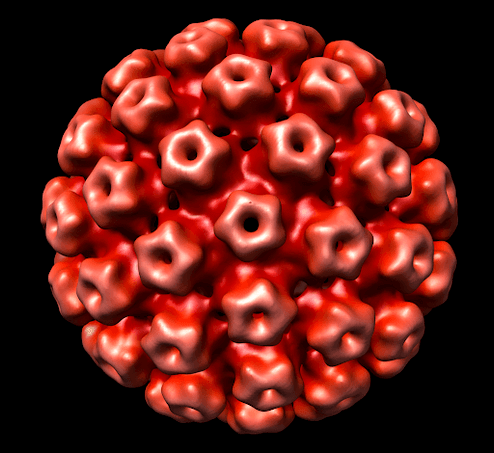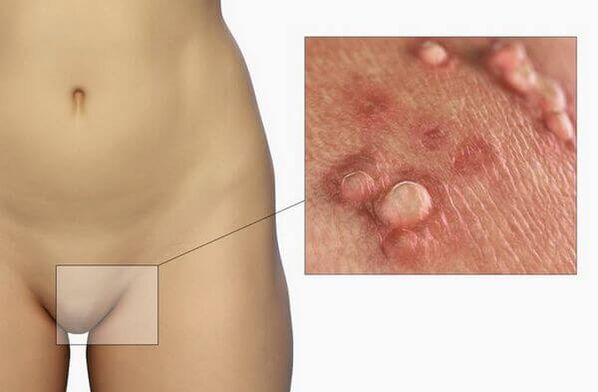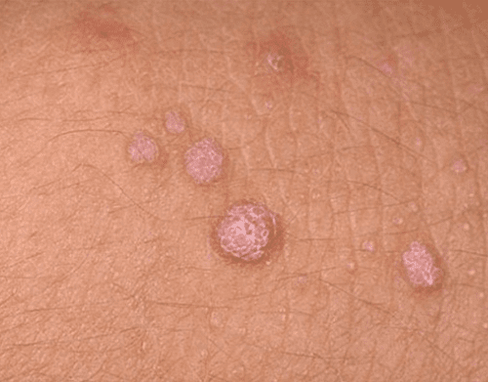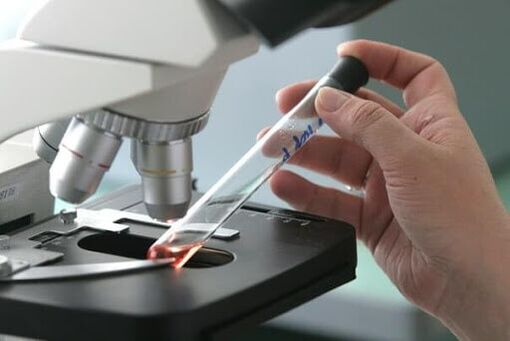Diseases of the external genitalia are the most common and aggressive pathology today. For example, HPV infection is asymptomatic for a long time and can have serious consequences. Certain strains of the virus can cause cancer of the rectum, vagina and cervix. Therefore, it is important to diagnose it in time and start appropriate treatment.
What is HPV?
Human papillomavirus is a common infection of the genital tract. This pathogen is found in almost one in six people on the planet. When infected, the pathogen enters the epithelial cells, disrupting the process of division, which activates the development of various diseases. Mostly, the virus infects the organs of the genitourinary system, the anorectal region. Diseases that occur with HPV infection:
- The formation of genital warts.
- Development of papillomatosis of the respiratory tract.
- Damage to the genitals with the development of a tumor process.
Almost 70% of the population are carriers of the pathogen without clinical manifestations of the disease. Reinfection is also possible during life. Because not everyone who has had HPV infections develops resistance to the virus.

Types of HPV
More than 100 types of HPV are currently known. Some of them are relatively safe for human health, while others can activate the development of the oncological process. Most often, clinical signs of the disease do not appear in the early stages. Usually the first symptoms appear after the action of provoking factors.
According to oncological activity, these viruses are classified into:
- High risk oncogenic strains (18, 16, 31, 33, etc. )
- Low risk oncogenic strains (6, 11, 32, 40-44, 72)
Weak oncogenic strains of viruses cause warts and skin papillomas to appear on the body surface.
Highly oncogenic strains cause genital warts to form in the anogenital area, on the surface of the cervix in women and the penis in men.
Long-term exposure to the body of 16, 18, 31, 33 types of viruses can lead to cervical dysplasia and a more dreaded disease - cervical cancer.
However, even in the presence of HPV in the organism at high risk of cancer, oncological pathology does not always develop. Timely appeal to experienced doctors for diagnostics, correctly selected treatment, will never cope with dangerous clinical manifestations of the human papillomavirus.
How can you get infected
Women and men are also infected with this pathogen.
The main route of transmission is considered to be sexual. Usually, HPV is infected after the first sexual intercourse, but other modes of transmission of the infection are also distinguished:
- Vertical. In other words, when passing through the birth canal of a woman infected with HPV, the newborn can become infected.
- Autoinoculation. Self-infection (transfer from one part of the body to another) is possible during waxing or shaving.
- Contact and housekeeping. The human papillomavirus remains viable in the environment for some time. Therefore, they can become infected after visiting public places (public baths, gymnasium, swimming pool).
- Contact. Possible infection through the wound surface on the skin or mucous membranes (abrasions, wounds, bruises).
- Sexual. Most common route of infection.
Anyone can get a viral infection. In order to diagnose it in a timely manner, you need to undergo preventive examinations with a doctor to determine the first symptoms of the pathology.

The main manifestations of infection
The presence of papillomavirus infection may not have clinical manifestations for a long time. The incubation period of the disease can last for several years, during which the patient can become infected with various types of viruses. It is only after exposure to provoking factors (immunodeficiency, hypothermia, stressful situations) that signs of HPV infection can be observed. In most cases, self-healing of this infection occurs within 1-2 years, but in some patients the pathology becomes chronic.
The disease can manifest itself with such formations:
- Genital warts (genital warts). Externally, they are papillary growths that resemble cauliflower or a comb in shape. They are flesh or pink in color and can be single or multiple. They can form anywhere, but are most often found on the skin and genital mucous membranes. The formations are characterized by a low oncogenic potential. They rarely turn into malignant neoplasms, usually do not cause discomfort to the patient.
- Flat warts. They have a characteristic structure - they do not protrude from the surface of the mucous membrane of the affected organ. Such formations have a high oncological potential, therefore, they require further diagnosis. Usually located on the mucous membrane of the walls of the vagina, urethra, cervix. To diagnose the nature of the condyloma, a biopsy is necessary.
- Dysplasia. It is characterized by a violation of the differentiated structure of the tissue. Often there is the presence of atypical cells that can provoke the development of oncological pathology.
- Requires close monitoring and, if necessary, surgical correction.



Each of the forms of pathology should be closely monitored by a doctor. To reduce the risk of developing an oncological process, it is recommended to remove these growths on the skin and mucous membranes.
HPV diagnostics
It is necessary to diagnose the presence of HPV in stages; for this, a number of physical, laboratory and instrumental studies are used.
- Examination by a doctor. This can help identify the presence of warts. When genital warts are detected, the cervix should be examined. Ureteroscopy is also possible.
- Colposcopy. Specific tests are carried out with acetic acid and iodine solution. With their help, you can determine the presence of atypical cells, signs of HPV infection and cervical cancer.
- Cytological examination. Pap tests are done on the cervical lining. This is a test for the presence of precancerous and cancerous cells in the lining of the vagina or cervix.
In addition, histological examination of the tissues can be performed, the detection of sexually transmitted diseases with which HPV infection is often associated. The PCR method has a high diagnostic value. It can be used to identify the HPV strain.

Treatment of HPV (human papillomavirus)
It is impossible to completely remove the virus from the patient's body. The doctor can treat only the consequences of the life of the infectious agent. As a general treatment, symptomatic agents, antivirals and drugs that stimulate immune processes can be used.
To combat various types of genital warts, the following can be used:
- Cryodestruction, electrocoagulation, cauterization with a laser or chemicals. These methods are effective in getting rid of genital warts.
- Electrosurgical treatment methods are used to remove the affected area on the surface of the cervix (dysplasia, condyloma).

HPV prevention
In order to prevent the development of the disease, various methods are used. The most effective are:
- Monogamous relationships. You only have sex with someone whose only sexual partner you are. This method will protect you from all sexually transmitted infections, including HPV.
- Use of barrier contraception. It's easy, affordable, but not always 100% infection-free. The patient can be infected with the virus even if the damaged skin is in contact with the area.
- Periodic preventive examinations. Girls should be examined regularly by a gynecologist. So you can detect the first signs of the disease and start treatment in a timely manner.
- Vaccination. It is an effective and practical preventive method. Vaccines can be given to both men and women. The most effective vaccination is before sexual activity (use is allowed from 9 years). Or sexually active people in the absence of contraindications.
If you suspect the presence of an infection or the first manifestations of the disease, it is important to see a doctor for high-quality diagnoses and prompt treatment.























